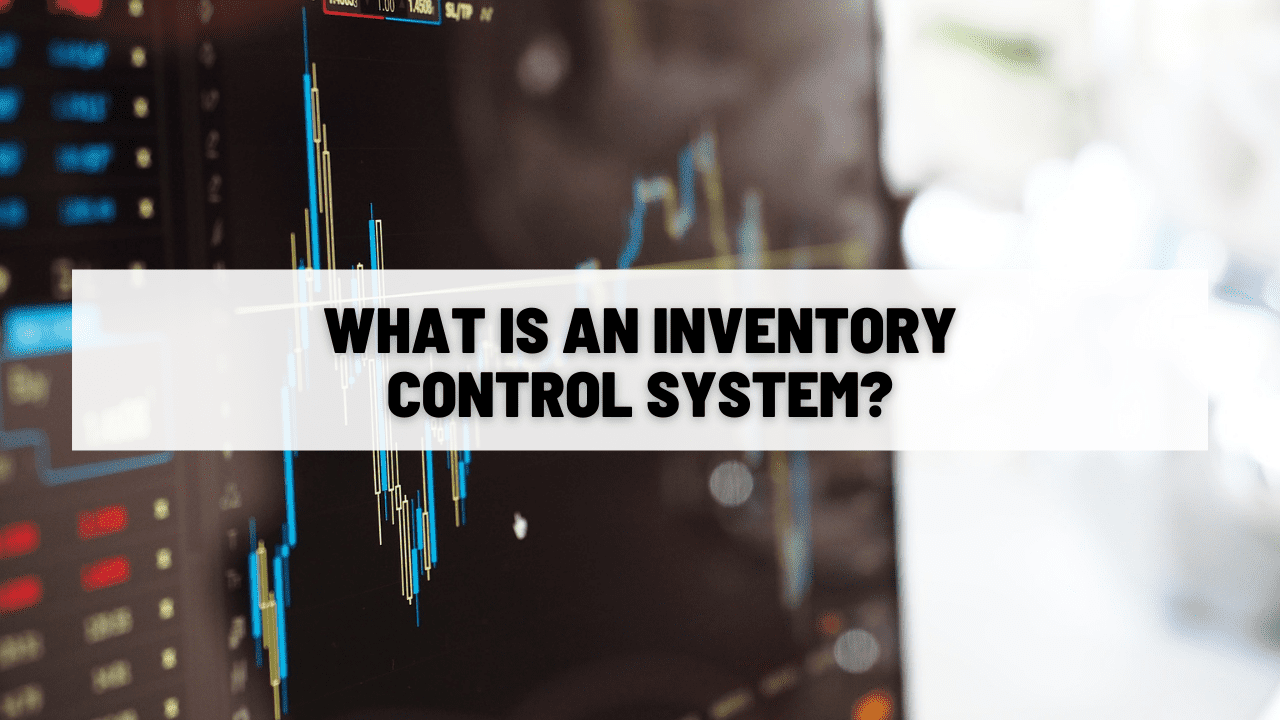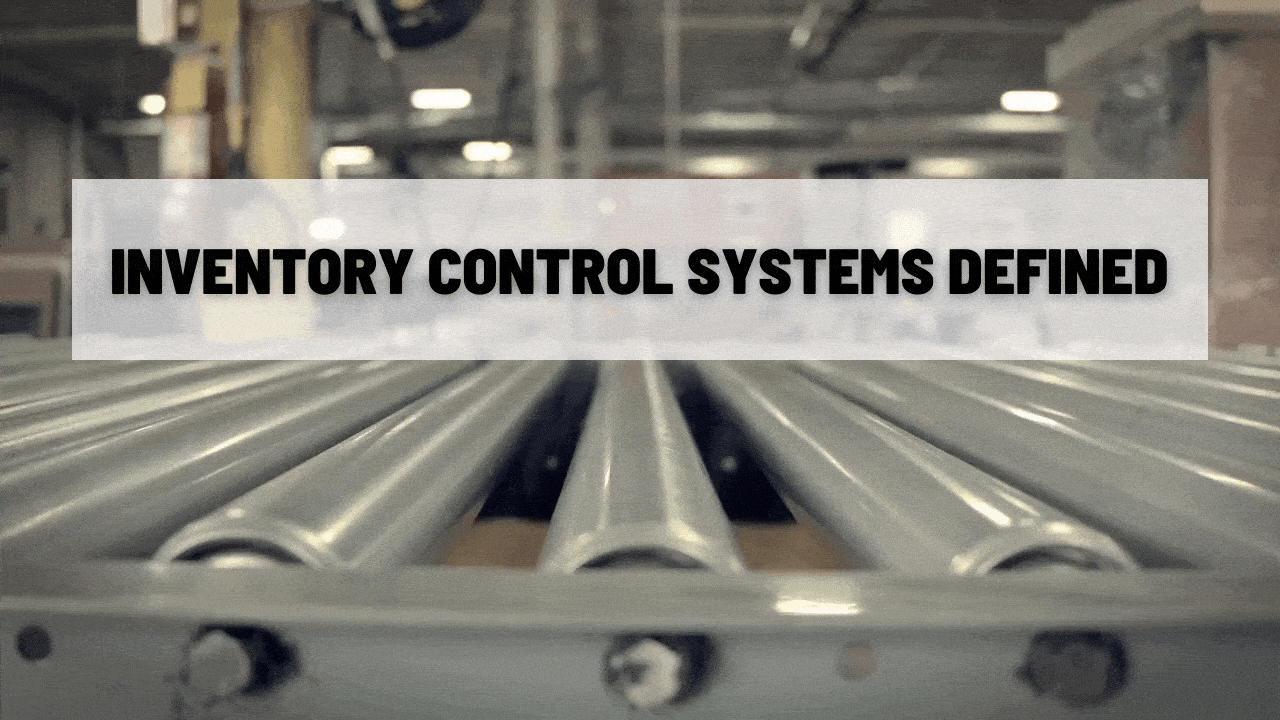Inventory Control Systems Defined
A simple, straightforward introduction to inventory control systems
An inventory control system can mean a lot of different things to different businesses, so let’s break it down in simple terms so you can quickly understand what it means for your business.
Most broadly, an inventory control system is any system (from pen-and-paper to dedicated servers) that helps your business track physical inventory across your entire business, including purchasing, sales, raw materials, work in process (WIP), finished goods, warehouse transfers, and so on.
Exactly what that means in practice can vary wildly from one business to the next. The physical implementation and business processes that make up your inventory control system should be set up to meet your specific business’ needs.
Here at AcctVantage ERP, inventory control is a central pillar of what we help growing businesses do. If you think you need an inventory control system, we can help you make sure you’re getting the right features and processes for your business.

What Is an Inventory Control System?
As in, what actually is it?
Well, that’s a bit like asking “What is a vehicle?” Depending on whose dictionary you check, it might include anything from a tricycle to a semi-truck, or it might be limited to cars and pickup trucks.
What’s most important at this point is that you understand which of the two main types of inventory control systems you need to be looking at: “perpetual” or “periodic.” But let’s not get ahead of ourselves.
First of all, an inventory control system can be anything from a checklist on a clipboard that gets updated once a month to an entire server room with a team of technicians.
Under that definition, you probably already have an inventory control system. In practice, people generally don’t start using the term “inventory control system” until they’re at least looking at something that requires a computer.
Still, it’s a pretty broad category. There are lots of different types.
Some of the other experts in this area like to group the types of inventory control systems mostly by which types of inventory they’re best equipped to handle. Others focus more on the complexity of the software in your system (y’know, if it has software).
We like to group inventory control systems in terms of time precision, which leads us back to our two general categories: perpetual systems and periodic systems.

What Type of Inventory Control System Is Right for Your Business?
So, what’s right for you? The short answer comes down to one simple question: “Does your business need to-the-second precision for tracking inventory?”
If you answered yes, you need a perpetual system. They include a client-server architecture that allows for live updates even while you’re logging a transaction.
If, on the other hand, your business can run perfectly smoothly with a thorough inventory count on a weekly or monthly basis, with human estimations in between, then a periodic system is probably your best bet. A periodic system can get you reliable data at that rate with a minimum of hassle or interruption to your day-to-day operations.
If you need the features of a perpetual inventory control system plus a robust accounting system, then you will most likely want to look to enterprise resource planning (ERP) software as a solution.



